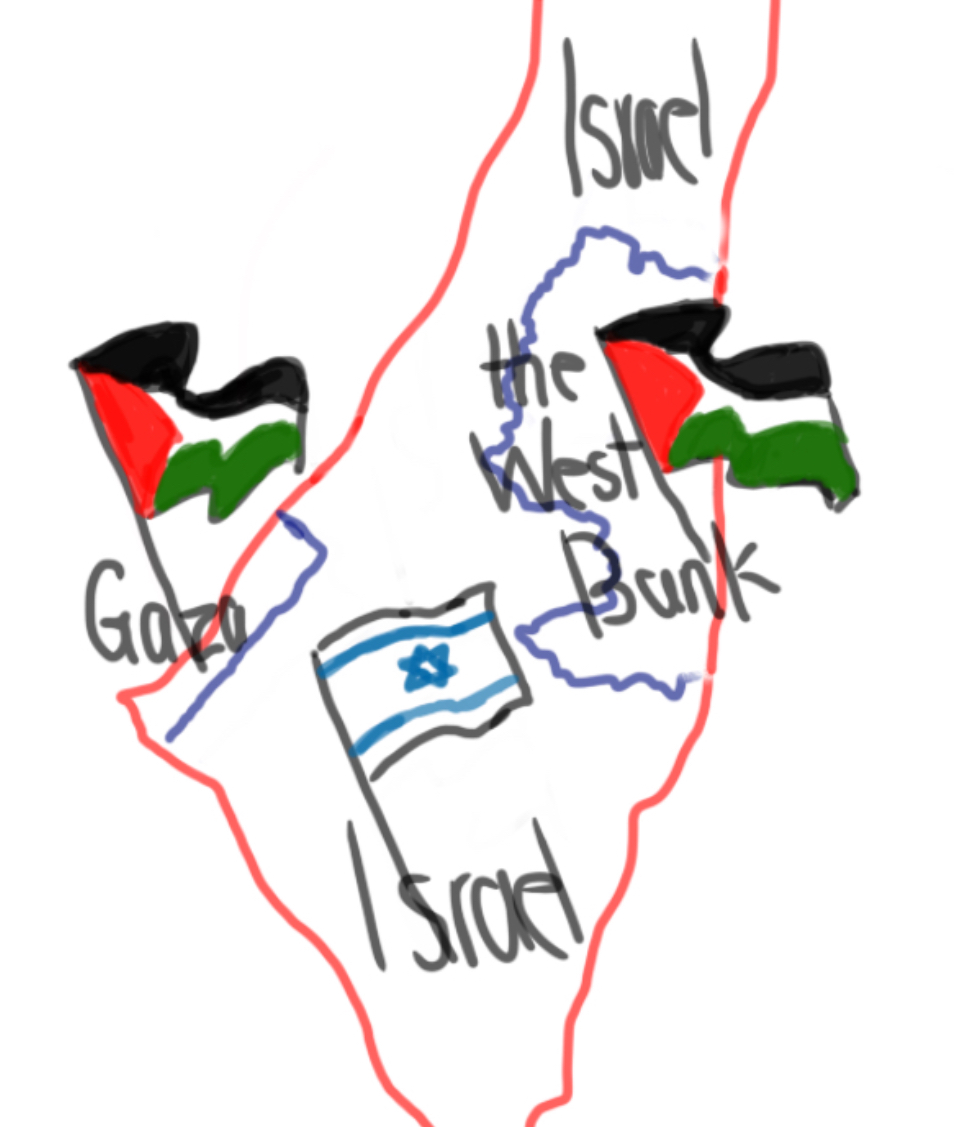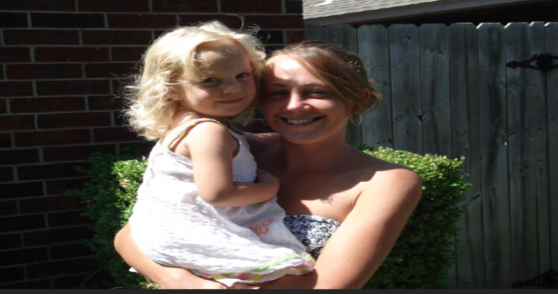In the early morning of Oct. 7, Hamas, a militant and terrorist organization that governs the Gaza Strip, initiated a large-scale terrorist attack upon Israel. Missiles were launched into Israeli territory at civilian targets, which, along with indiscriminate attacks by militants in towns and villages near the Gaza-Israel border, killed more than a thousand Israelis, with numerous people taken hostage.
In addition to this, survivors and forensic evidence point towards sexual and gender-based violence during the attacks. Hundreds of thousands of Israelis have been displaced from the area to protect them from the effects of the war.
As a result, Israel retaliated with attacks on Gaza territory, consisting initially of missile attacks intended to target Hamas; however, large-scale destruction of civilian buildings and infrastructure due to the bombing has devastated Palestinians, with almost 16,000 civilians killed by Dec. 4.
To eliminate Hamas, the Israel Defense Forces (IDF) launched a ground invasion of Palestinian territory, along with a full blockade of supplies to the area by Israel and Egypt–along with the evacuation of Northern Gaza, which has led to nearly 2 million people to become internally displaced within Gaza, over eighty percent of the population.
This conflict has not developed in a void—but as a result of events stretching back more than a century. Before World War I, the Ottoman Empire controlled Palestine. After their defeat during World War I, the land was under the control of the British and designated as Mandatory Palestine. Throughout Europe in the early 20th century, antisemitism drove a growing movement towards Zionism. The initial land purchases were in the region of the city of Tel Aviv.
However, tensions rose following the Balfour Declaration by the British, which wished to establish a “national home for the Jewish people,” leading to an open immigration policy for Jewish migrants to Palestine and dramatically increasing support for migration to Palestine among Jewish communities worldwide. Riots started in 1921 in Jaffa, one of many instances of violence among Jewish and Arab communities in the area that would happen during the ensuing decades, with significant numbers of killings and massacres by both sides.
A more widespread protest by Palestinians from 1936 to 1939 led the British to restrict immigration in 1939, the beginning year of World War II, and the atrocities of the Holocaust, widely unpopular in Palestine’s Jewish communities, further escalated tensions. Control was relinquished in 1948 after the U.N. created a partition plan, which divided Palestine into two states, but Arab nations rejected the plan, however, Israel did not, starting the 1948 Arab-Israeli War. Over 700,000 Palestinians fled or were expelled from their homes and villages in an event referred to by Palestinians as the Nakba, meaning catastrophe. Most of those displaced ended up in refugee camps within Gaza, the West Bank, or neighboring countries such as Jordan, most of which still exist today.
In the aftermath of the Six-Day War in 1967, through a series of negotiations and conflicts, the remaining Palestinian territories came under Israeli control and occupation, with settlements in the West Bank.
Periods of unrest and violence, referred to as the First and Second Intifada, caused numerous negotiations, facilitating some moves towards peace. The creation of a Palestinian state has still not occurred. The West Bank is jointly governed by Israel and the Palestinian National Organization, created under the Oslo Accords in the early 1990s.
Hamas eventually split from the party, and with the unilateral withdrawal of Israel in 2005, the group took control of Gaza.
Continued attacks throughout the 21st century between the two were common, with indiscriminate bombing campaigns by Hamas on Israeli towns and cities, with Israel retaliating with ground invasions in both 2008 and 2014.
Almost a decade later, history has seemed to repeat itself. As a result, this former area is now in another war—one of many in a century-long history of turmoil.








